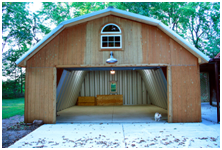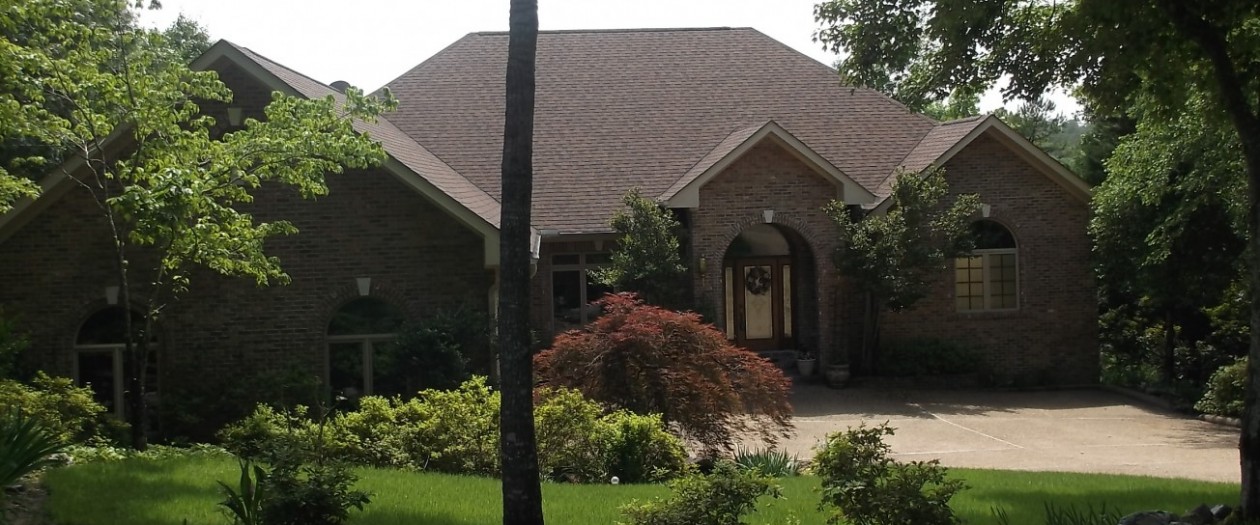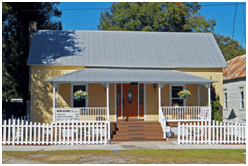What are the Top ways owners can increase their property value or generate revenue from their properties? In this two part blog I will give a 7 ways on how owners can increase their property value or generate revenue from their properties:
- Make improvements: Making improvements to the property can increase its value and make it more attractive to potential buyers or renters. Examples of improvements could include upgrading the kitchen or bathrooms, adding square footage, or improving curb appeal.
Let’s say a homeowner has a property that was built in the 1980s and hasn’t been updated since. The kitchen has outdated appliances, the bathrooms have old fixtures, and the carpet is worn and stained. The homeowner decides to invest in making improvements to the property by renovating the kitchen, upgrading the bathrooms, and installing new flooring throughout the property. After the renovations are completed, the homeowner hires a professional appraiser to evaluate the property’s value.  The appraiser takes into account the improvements that were made and compares the property to similar properties in the area. Based on this analysis, the appraiser determines that the property is now worth $50,000 more than it was before the renovations were made.
The appraiser takes into account the improvements that were made and compares the property to similar properties in the area. Based on this analysis, the appraiser determines that the property is now worth $50,000 more than it was before the renovations were made.
In this example, the homeowner was able to increase the value of their property by investing in renovations and upgrades. The improvements not only made the property more attractive to potential buyers, but they also increased the property’s value in the eyes of the appraiser.
- Rent out a portion of the property: If the property has additional space, such as a basement, garage, or extra bedroom, it can be rented out to generate additional income.
Let’s say a homeowner has a property with a detached garage that is not being used. The homeowner decides to rent out the garage as a storage unit to generate additional income. The homeowner cleans out the garage, installs shelves and locks on the doors, and advertises the space for rent on local classifieds websites and social media.
After a few weeks, the homeowner finds a tenant who is willing to pay $150 per month to use the garage for storage. The homeowner and tenant sign a lease agreement that outlines the terms of the rental, such as the payment due date and the length of the lease. 
In this example, the homeowner was able to generate additional income by renting out a portion of their property that was not being used. By turning the unused garage into a rental unit, the homeowner was able to generate steady monthly income without having to make any significant investments or changes to the property.
Keep track of your project costs with these free project cost templates.
- Convert the property into a rental property: If the property is not currently being used as a rental property, the owner can consider converting it into one. This can generate steady monthly rental income and potentially increase the property’s value over
time. Let’s say a homeowner has a property that they inherited from a family member but they already have a primary residence. The homeowner decides to convert the inherited property into a rental property to generate monthly rental income. The homeowner hires a property management company to handle tenant screenings, lease agreements, and maintenance issues.
After making some minor improvements to the property, such as repainting the walls and upgrading the appliances, the property is listed for rent. After a few weeks, a tenant is found and they sign a lease agreement for a monthly rent of $1,500.
In this example, the homeowner was able to generate steady monthly rental income by converting the inherited property into a rental property. This can be a good option for homeowners who have a property that is not being used or who are looking to generate additional income without having to sell the property. To keep track of your rental income, Zillow offers Rental Income and Expense Forms and Tools to down load and use for free. You can get them here.
End of Part 1.




